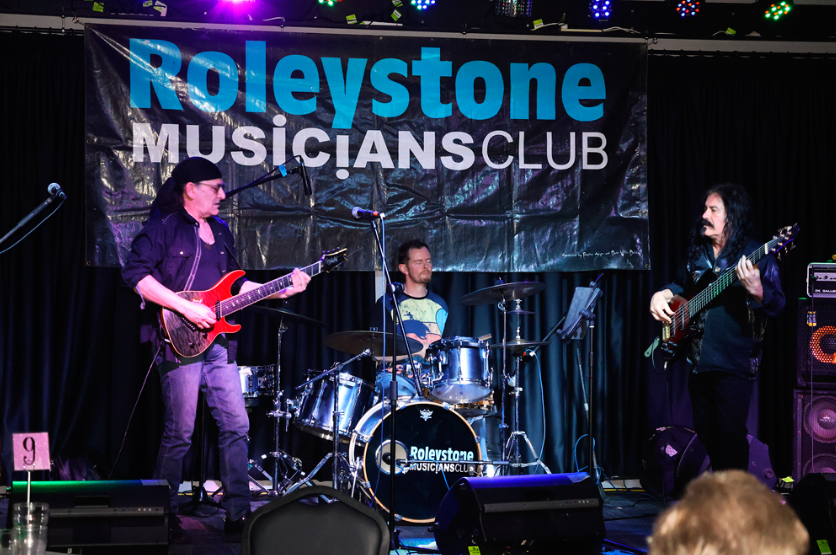
Graham Greene: The Wizard of Western Australia
Share
From Boogie-Woogie Roots to Ormsby-Crafted Fury, the Veteran Guitarist Still Plays Like His Life Depends On It
Perth, Western Australia
There’s a scene etched into Graham Greene’s memory like a favourite riff burned into maple: Hanoi, 2008. A sea of 15,000 fans stretches to the horizon. Sweat, lights, feedback. Somewhere in the chaos, Greene finds stillness. He locks eyes with the crowd, guitar in hand, and the signal goes live — to millions watching on national Vietnamese television.
And then: liftoff.
“It was surreal,” Greene remembers. “The connection, the roar — it was like being at the centre of a living, breathing organism.”
That might sound like hyperbole from any other musician. But for Graham Greene, a lifelong torchbearer of tone, truth, and the sacred bond between player and audience, it’s just another night living what he calls “the gospel of the riff”.
Greene’s journey started far from festival stages. In the lounge room of a Perth home, aged fourteen, he stumbled onto Deep Purple’s Flight of the Rat. The moment hit like a lightning bolt.
“It had this wild, unstoppable energy,” he says. “That was it for me. I knew I wanted to do that.”
Before the Purple haze, though, there was boogie-woogie. And ragtime. And Beethoven. Greene was raised on classical piano and old-school swing, a musical cocktail that still lingers in his phrasing today.
“Even when I play metal, it’s filtered through all of that,” he says. “It’s why I can’t play just metal. It has to feel like something more.”
These days, that “something more” comes in the form of four custom Ormsby guitars: the GG6, GG6FG, GG7 seven-string, and a murdered-out black SX custom affectionately nicknamed “Blackie”. Built in collaboration with master luthier Perry Ormsby, they are weapons of tone — sleek, powerful, and tailored to Greene’s exacting demands.
But the gear is just the conduit. For Greene, tone doesn’t live in the pickups or the pedalboard.
“It’s in the hands,” he says. “From flesh to wire to wood. That’s where it starts.”
Greene’s playing is a study in balance — precision without pretence, fire without flash. He’s the kind of guitarist who would rather bleed on stage than show off.
“Technique is just vocabulary,” he says. “It’s what you say with it that counts.”
And he’s said plenty. Over four decades, Greene has morphed from virtuosic shredder to blues-saturated sage, adapting his style after suffering nerve damage — a painful wake-up call that led him to embrace feel over fury.
“I had to learn to let go of the Olympics of guitar mentality,” he says. “Now it’s about truth. Playing what matters.”
That truth isn’t always loud or flashy. Sometimes it’s in a subtle bend, or the space between two notes. Sometimes it’s in the unspoken connection between him and a roomful of strangers, all hanging on the same chord.
“When the crowd locks in with you — that’s when the magic happens,” he says.
Offstage, Greene’s just as philosophical. He sees heavy metal not as a genre but as a force.
“It’s about emotional intensity,” he says. “It’s real. And that honesty — that’s what people connect with.”
So what’s next for the man who’s already played to millions and built a signature tone in the crucible of Australian rock? More music. More growth. More truth.
“I just want to keep learning, keep playing, and keep pushing the message,” he says. “Honesty and integrity — that’s what I want people to feel in my music.”
Mission accomplished.
